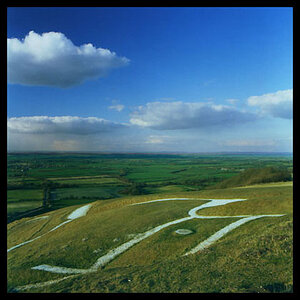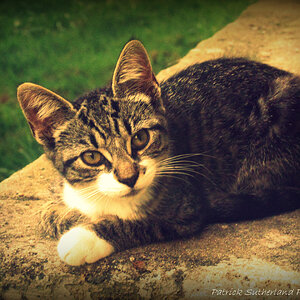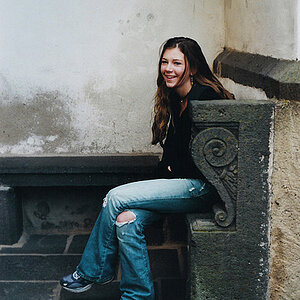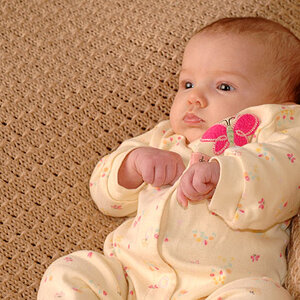aguerra.1993
TPF Noob!
- Joined
- Sep 15, 2012
- Messages
- 76
- Reaction score
- 4
- Location
- Memphis, TN
- Website
- www.facebook.com
- Can others edit my Photos
- Photos OK to edit
Hello everyone, I am trying to decide on an upgrade to get. I've been shooting for about 3 years, mainly landscape photos, with a Canon t3i and kit 18-55. It's been getting the job done but I am looking to invest in a newer body and new lens. I am an outdoorsy person and love to hike, backpack, and travel so weight is of some concern, and so is the camera being tough. I've been thinking of getting either a Pentax k3/k3ii or if I should spend a little more and go with a 6d. I like that the Pentax cameras are very resistant to the elements but I am worried that the high ISO performance won't be so competent, as I've always wanted to get more into night photography and my T3i can be pretty noisy. Any recommendations would be greatly appreciated. Are there any other cameras to take into consideration?
Last edited:


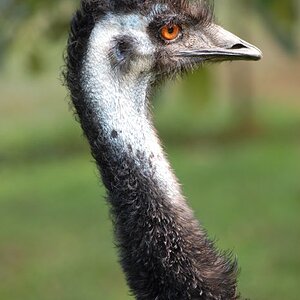
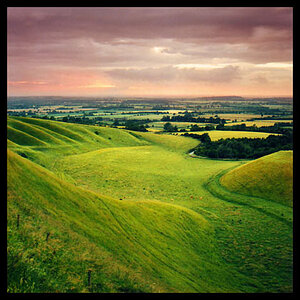
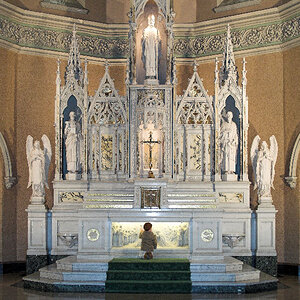
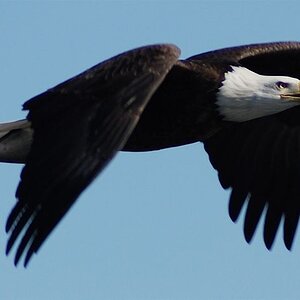
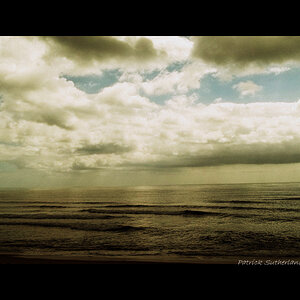
![[No title]](/data/xfmg/thumbnail/37/37114-2bba6b6cc4df1fe53588503fb35af8dd.jpg?1619737883)
![[No title]](/data/xfmg/thumbnail/37/37137-43b5701b1efb7322c2c9fa6a1e30ccfa.jpg?1619737884)
